
TOC Digitisation Industry 4.0 MIS Report Automation
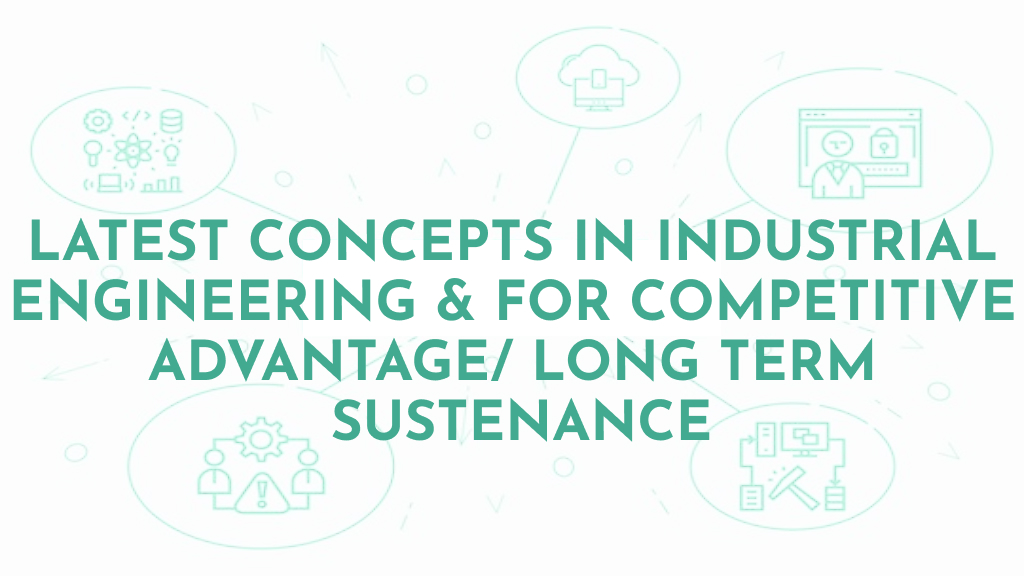
The object of this blog is to explore methods for garment factories to have competitive advantage for long term sustenance. Unlike some industries which have patented technologies.
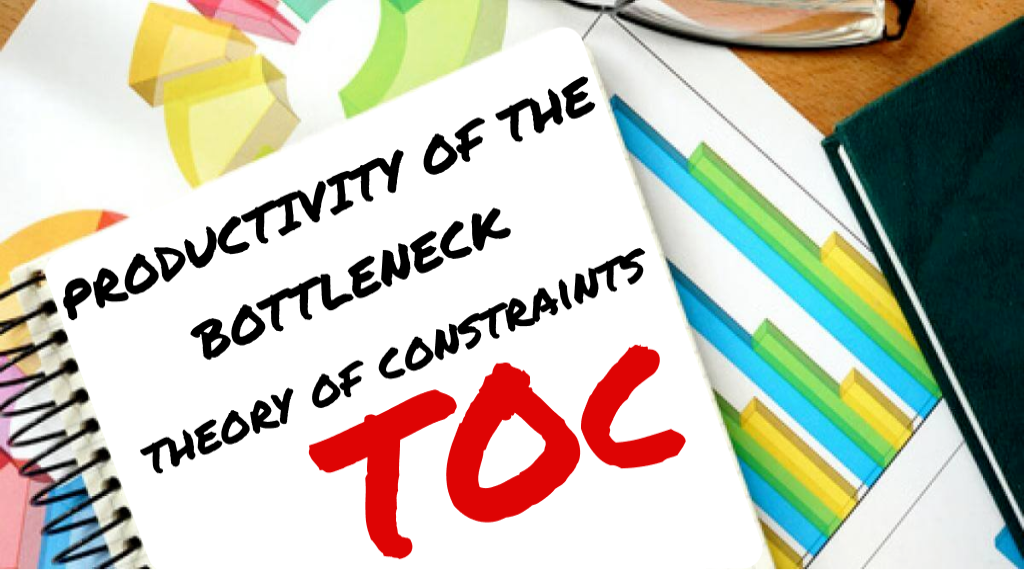
Most of the garment factories work on the principle that the overall efficiency/ productivity will increase when each individual operator/ operation efficiency is increased.
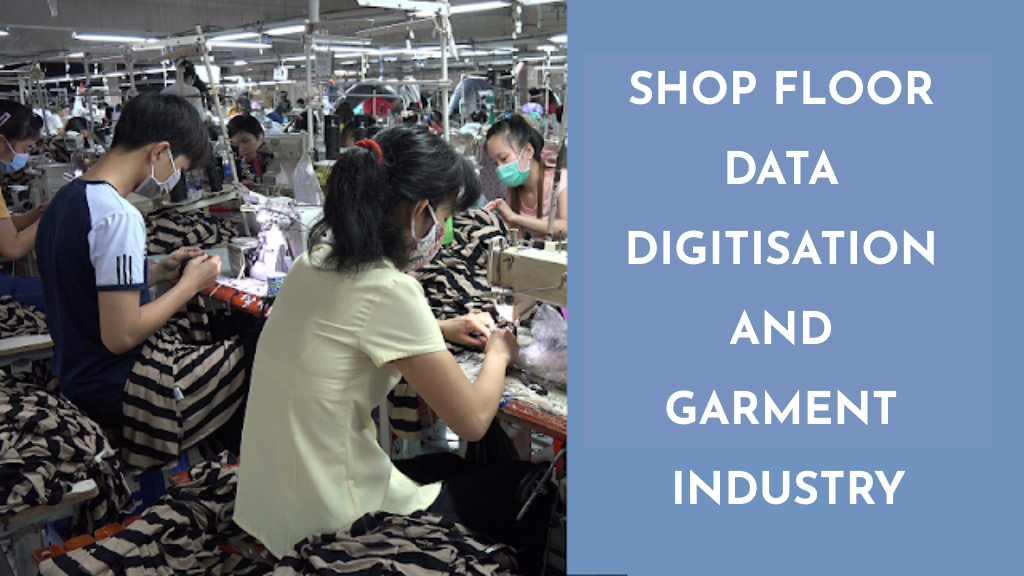
Managing and improving productivity needs to effectively use the resources manpower, machines etc, and the main problem is all these absenteeism, skill levels, material availability.
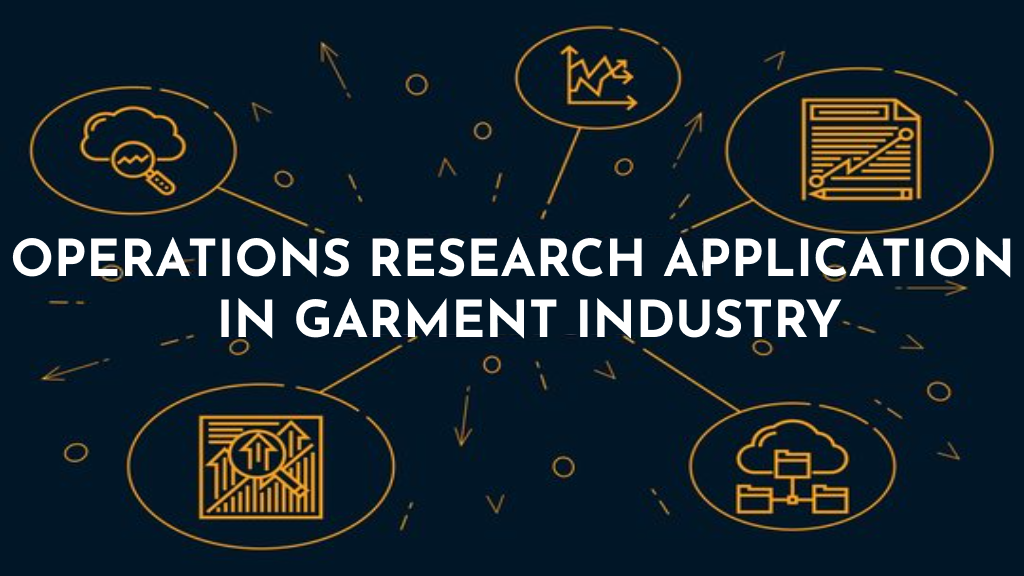
Operations research is an analytical method, where a real problem is converted to a maths problem by certain assumptions and then applies mathematical /simulation models

One of the main reason for low productivity is the time& effort of the workers involved in transporting, positioning and handling the garments. By use of proper material handling,
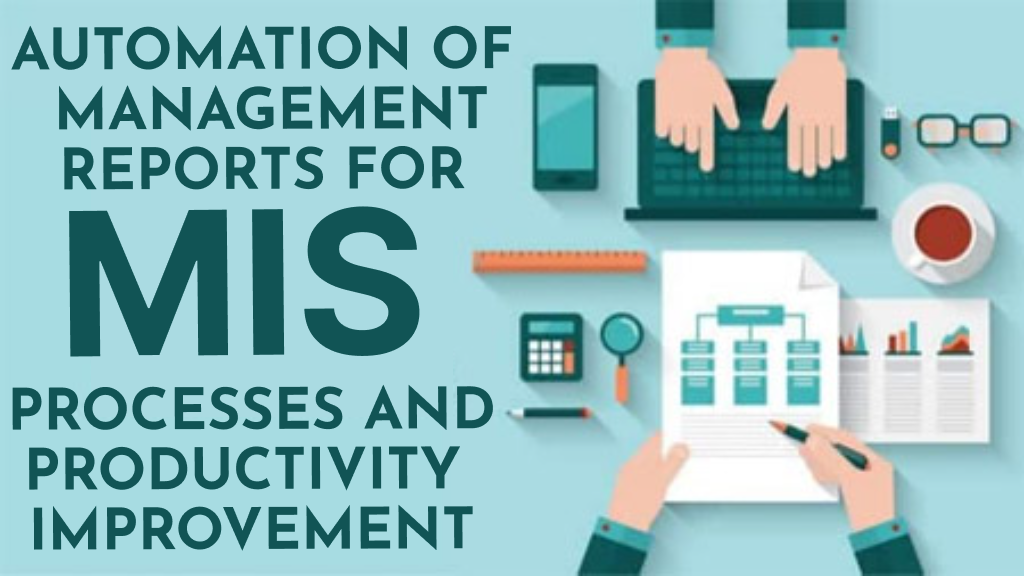
Management reports – MIS helps to identify issues, planning targets, aligning various departments and improving profitability. MIS helps the management
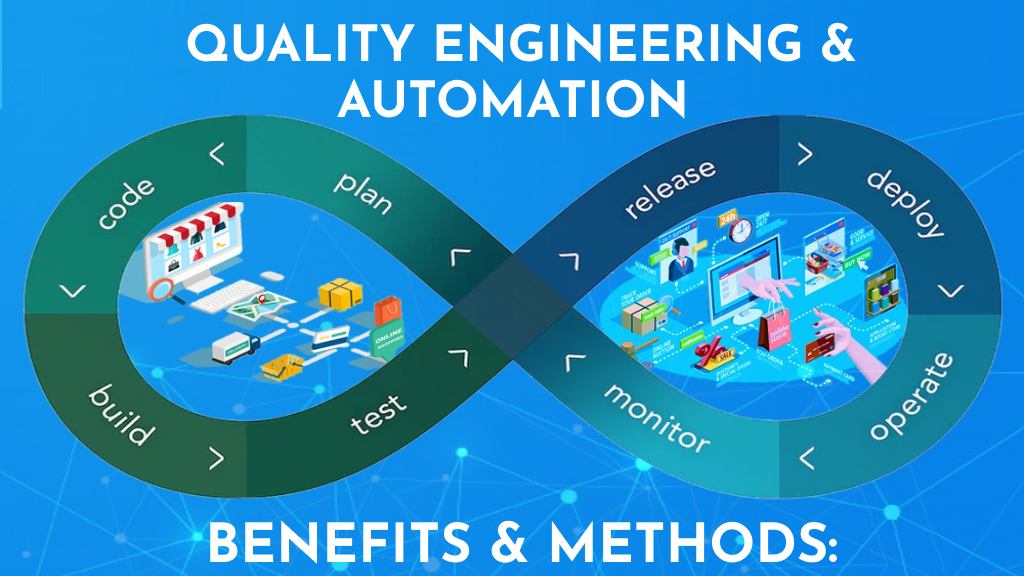
With the garment industry spending close to 15% of sales turnover on cost of quality; the industrial engineer has got a big role in quality engineering. In contrast to quality control or QA

The advantage of dynamic programming is that it can obtain both local and total optimal solution. Also, practical knowledge can be used to gain the higher

In the overall digitisation process, each individual operation digitisation, gives enormous benefits. Unlike the engineering industry, in the apparel industry
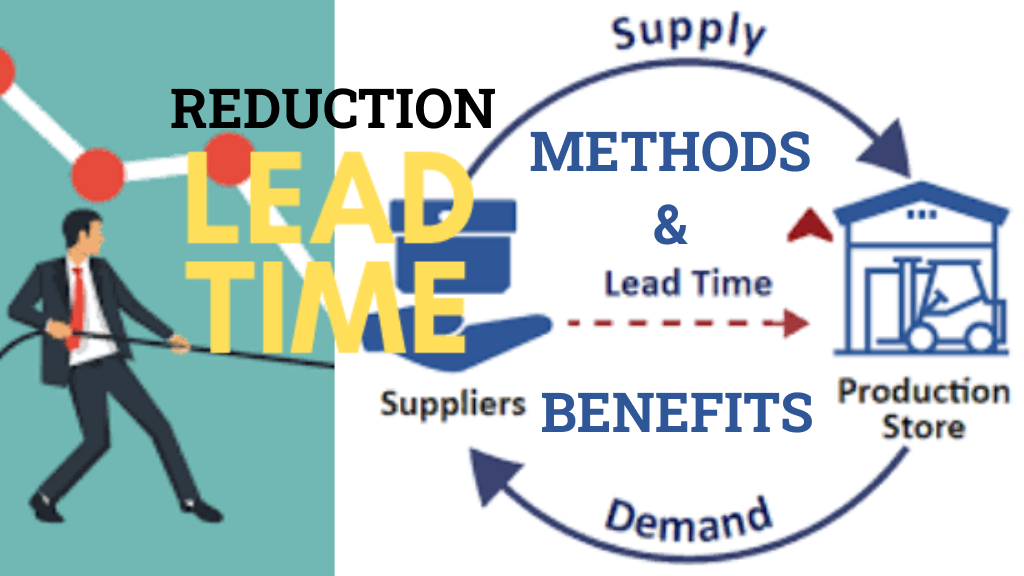
Lead time reduction is highly beneficial interms of higher cash flow, more orders and a strong customer relationship. With improvements in IT technology
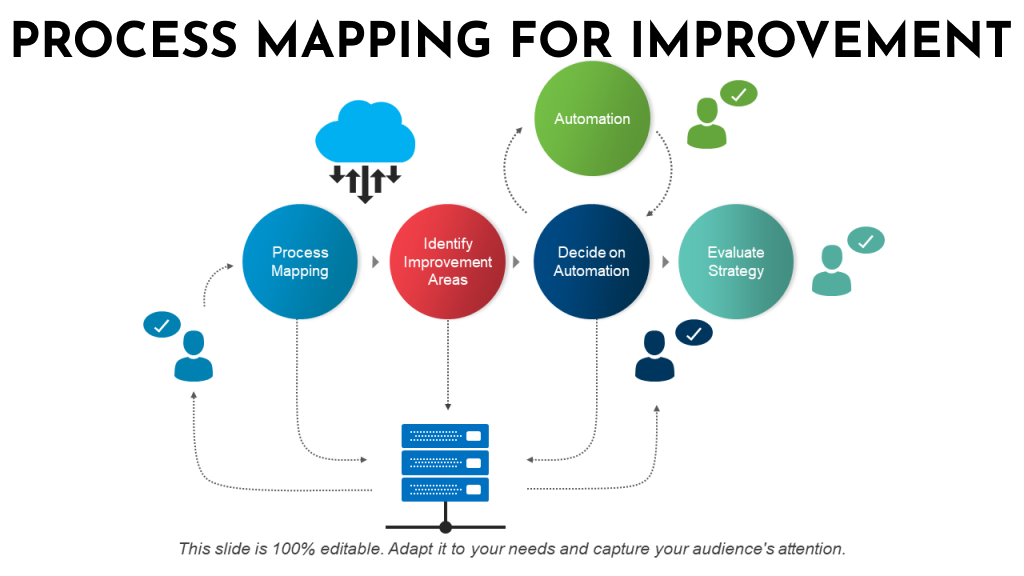
Processes in manufacturing consists of several tasks to fulfil the customer’s order and receive benefits. Manufacturing requires multiple tasks and these tasks have to be linked.
